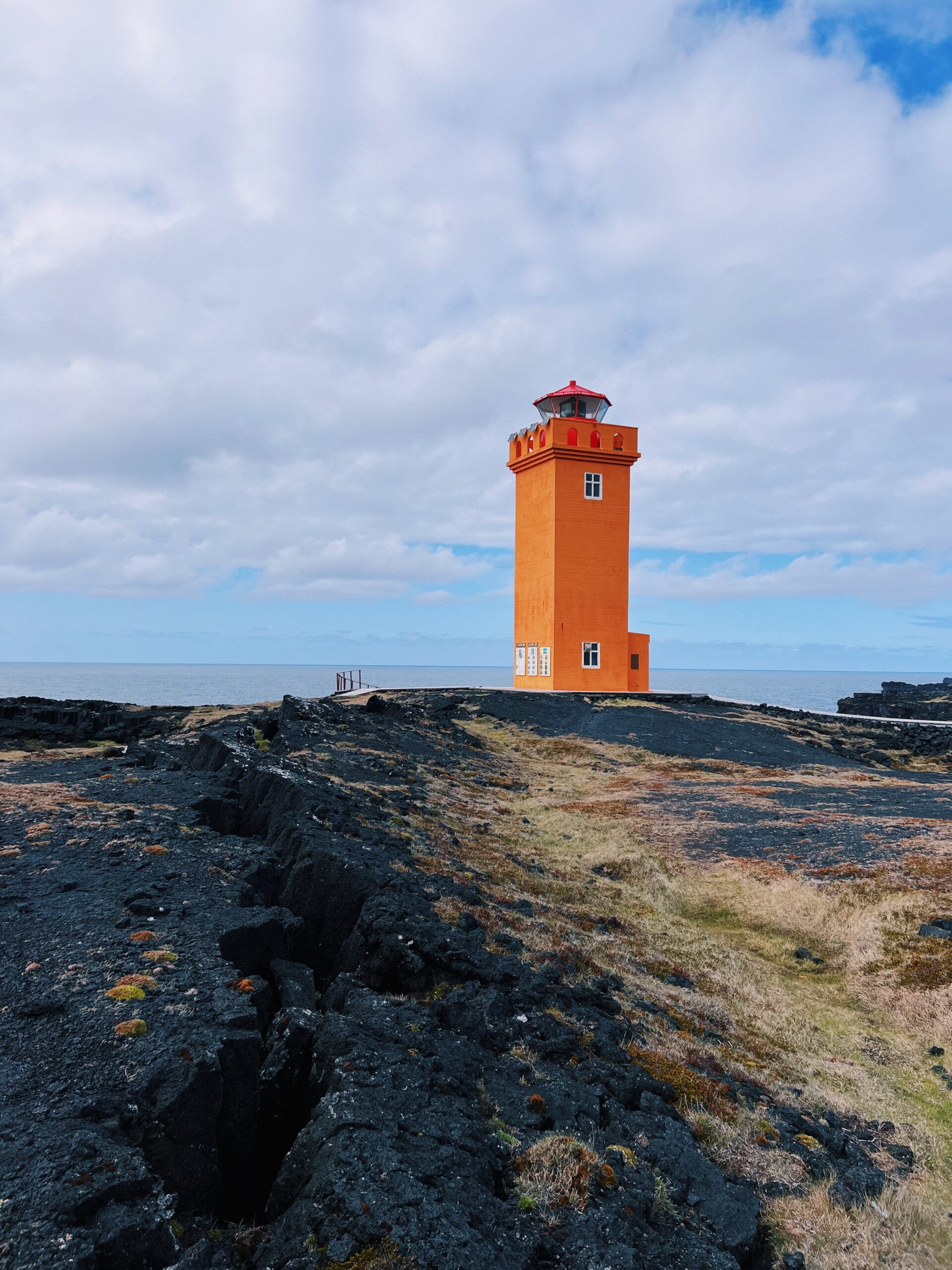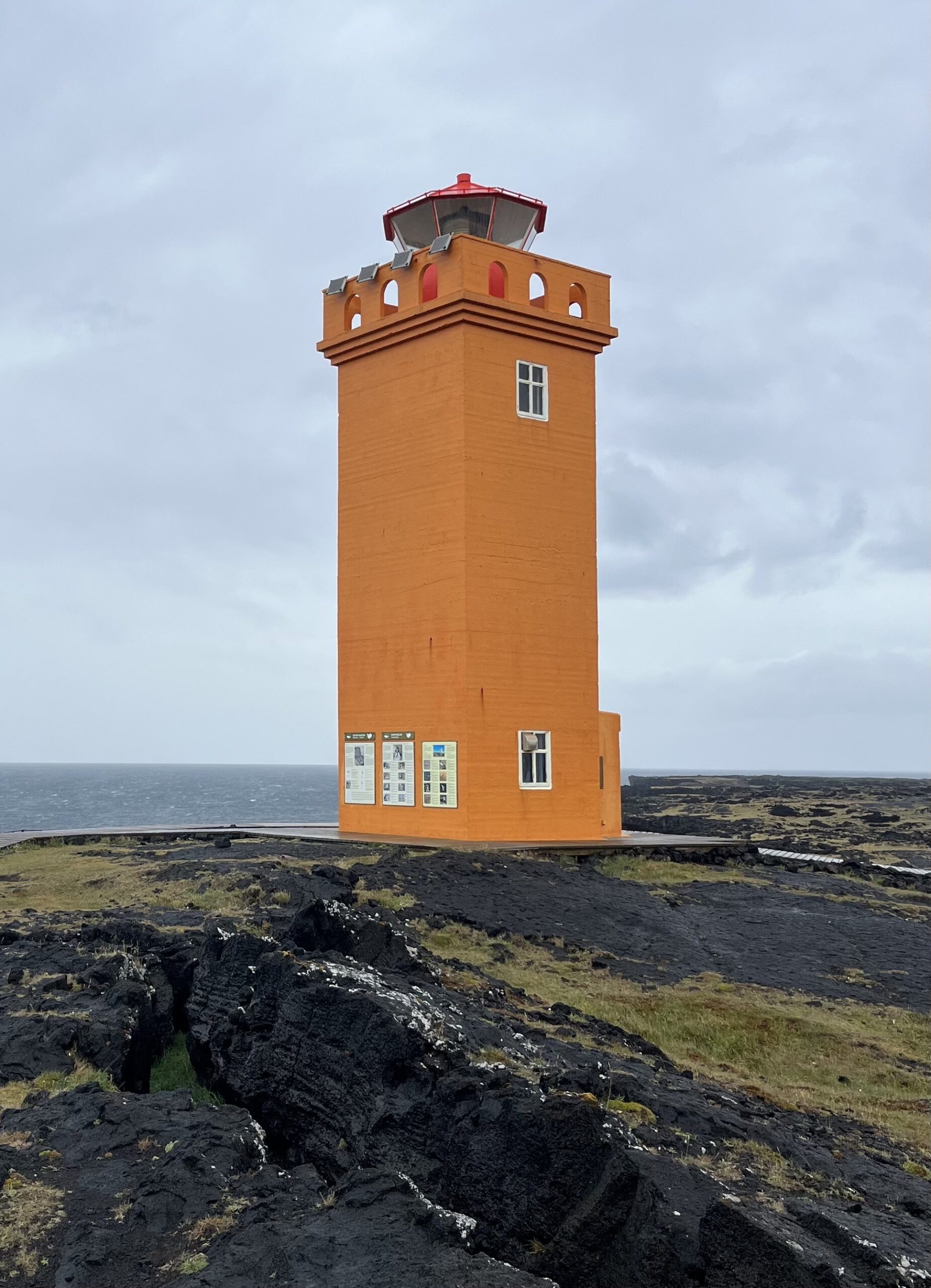Fremantle, Western Australia, Australia
North Mole Light
The North Mole Lighthouse is one of a pair of "twin" lighthouses found at the entrance to Fremantle Harbour in Western Australia.

Photo Credit: Rod Trevino

Photo Credit: Denisa Brossova

Photo Credit: Sophie Froehlich

Photo Credit: Francesca Soli

Photo Credit: Chelsea Smith
Along the shores of western Iceland, the coastline is carved with jagged cliffs that jut out into the Atlantic. On the tip of the Snaefellsnes Peninsula, a bright orange lighthouse stands among these cliffs known as Svortuloft, or Black Ceiling, named for black lava that stopped once it met the sea and created the dramatic landscape.
Built in 1931, the Lighthouse, also known as Svortuloftaviti, stands over forty feet high and is powered by solar energy. Constructed of concrete, it is as durable as the steep rock faces that surround it. Orcas, arctic foxes, and shorebirds have been known to reside in the area.
Before the Lighthouse was built, farmers would collect eggs from colonies of seabirds that nested along the coast. Lowering themselves down by rope, they endured violent waves in order to gather their harvest. To this day, seabirds continue to colonize along the rock formations, including puffins and the rock ptarmigan, a popular game bird that’s highly sought after for Icelandic cuisine.
Since it’s seen by both land and by sea, the Lighthouse has two names; it’s referred to as Svortuloftaviti from land, and Skalasnagaviti from sea. Historically, navigating this region by sea has been extremely dangerous with many ships having been stranded and destroyed due to the high winds and sharp cliffs. These dangers prompted the construction of a lighthouse, with an original built in 1914; it was replaced with the current structure due to significant erosion.
While Svortuloft’s landscape is treacherous, its beauty matches in intensity. The orange tower of the Lighthouse creates a stark contrast against the black lava cliffs formed by the nearby volcano so many years ago.
 64.863734, -24.039068
64.863734, -24.039068
Need an account? Sign up
This site is protected by reCAPTCHA and the Google Privacy Policy and Terms of Service apply.